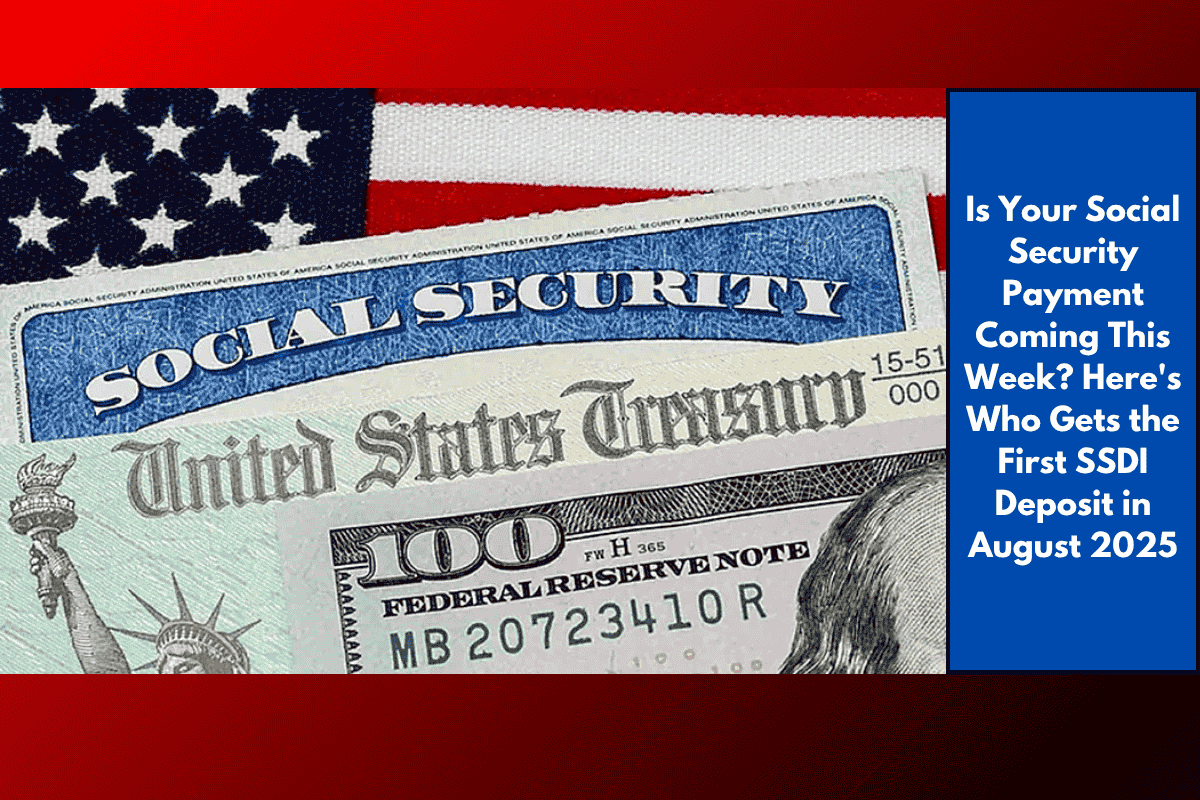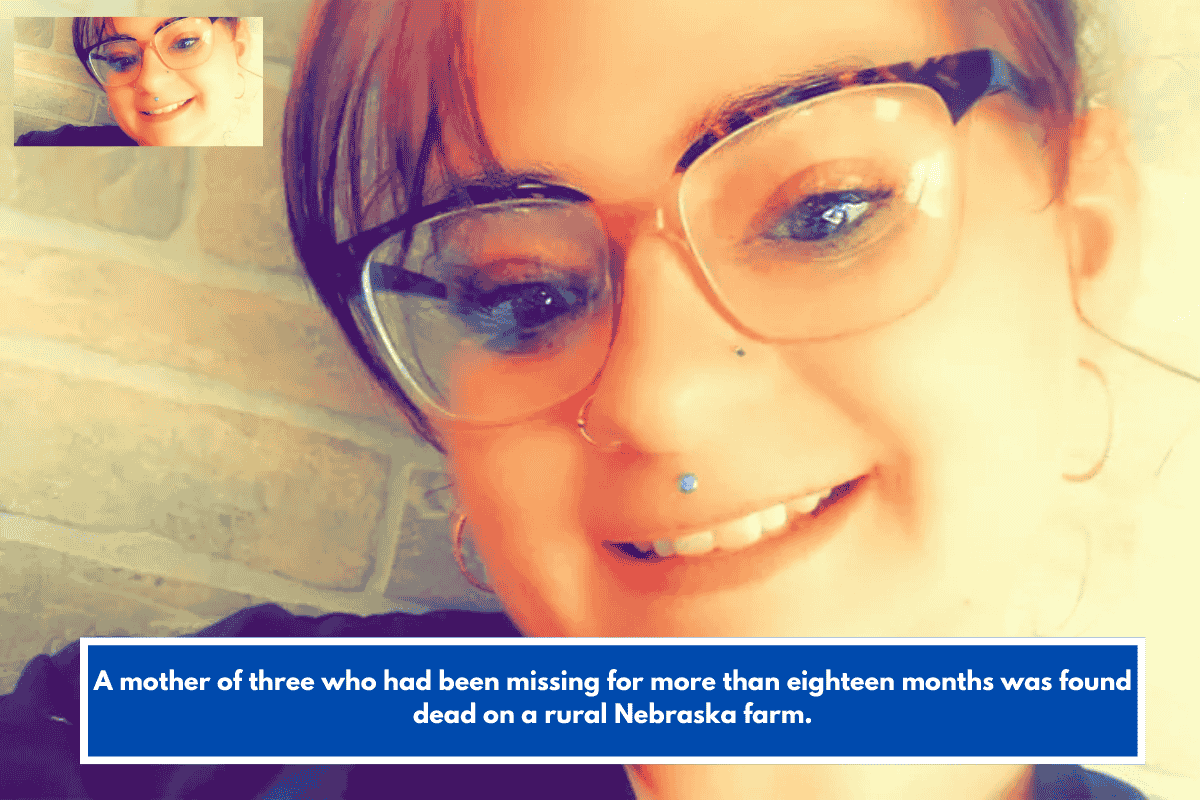As inflation continues to affect the cost of everyday goods, Social Security recipients are set to see some positive changes in the near future. The Social Security Administration (SSA) has announced three significant updates that could ease the financial strain for millions of beneficiaries in 2025.
1. COLA Bump: Social Security Payments Set to Increase
The Cost of Living Adjustment (COLA) is designed to help Social Security recipients keep up with rising prices. For 2025, the Senior Citizens League (TSCL) predicts a 2.6% COLA increase, up slightly from last month’s prediction of 2.5%. This marks the fifth consecutive month of increases amid inflationary pressures.
This adjustment is based on the percentage increase in the Consumer Price Index for Urban Wage Earners and Clerical Workers (CPI-W) for July, August, and September, compared to the same period in the previous year. The official COLA will be announced in early October.
For over 72.5 million recipients, this bump will help offset rising living costs. While the exact amount varies, most will see an increase in their monthly benefits starting next year.
2. Bonus Tax Deductions for Seniors
In addition to the COLA increase, President Trump’s One Big Beautiful Bill Act (OBBBA) provides additional tax relief for seniors in 2025. For those aged 65 and older, individual taxpayers who earn less than $75,000 will receive an additional $6,000 tax deduction, while those married and filing jointly, earning up to $150,000, will get a $12,000 deduction. This will help reduce the overall tax burden on many seniors.
The law also aims to reduce taxes on Social Security benefits, benefiting about 90% of recipients, making it easier for seniors to keep more of their income. Frank Bisignano, Social Security Commissioner, stated that this bill reaffirms the administration’s commitment to protecting Social Security and ensuring that seniors can enjoy their retirement.
However, TSCL argues that while the bill is a step in the right direction, it doesn’t go far enough, especially for those living on less than $1,000 per month, which is below the federal poverty line. The TSCL calls for a one-time catchup payment to address past COLA shortfalls and better support vulnerable seniors.
3. The Shift to Electronic Payments: Going Paperless
Starting September 30, the SSA will no longer send paper checks. Instead, all Social Security payments will be made electronically via direct deposit or a prepaid debit card called Direct Express. This move aims to improve the security of payments by reducing fraud, as paper checks are 16 times more likely to be lost or stolen.
For those who still need paper checks, waivers will be available under specific circumstances, but the shift reflects the SSA’s efforts to save money and reduce fraud risks.
Social Security Payment Dates
Social Security payments are issued on the second, third, or fourth Wednesday of each month, depending on the recipient’s birthdate:
Second Wednesday: For those born between the 1st and 10th of the month.
Third Wednesday: For those born between the 11th and 20th.
Fourth Wednesday: For those born between the 21st and 31st.
Threat of Social Security Insolvency
Despite these changes, there is growing concern about the long-term solvency of the Social Security trust funds. According to the Committee for a Responsible Federal Budget (CRFB), the funds could face insolvency in just seven years, leading to an $18,100 cut in benefits for retirees. Without Congressional action, millions of retirees could face a 23% reduction in their benefits by 2031.
However, the CRFB also notes that there is still time for policymakers to implement solutions that could protect the future of Social Security and ensure that it remains viable for future generations.














